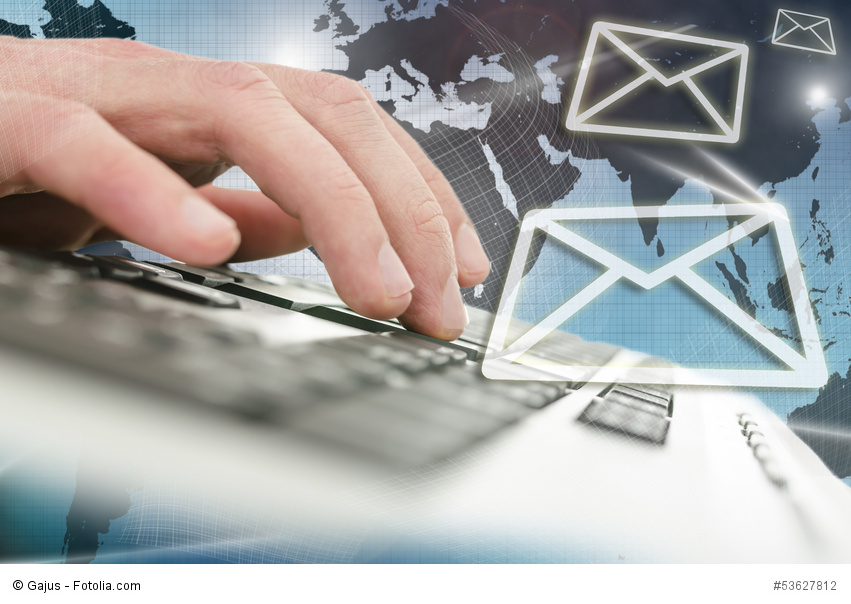Electronic invoice in ZUGFeRD format
For electronic invoices, the so-called ZUGFeRD format has established itself in many industries. This standard offers a unification of processing as well as an automatable effective process for companies, customers and tax consultants. ZUGFeRD 2.0 fully complies with the European standard 16931 and can therefore be received and processed by all European administrations in accordance with EU Directive 214/55/EU. This means that ZUGFeRD is well prepared for the digitization requirements of the public sector and enables e-invoicing in accordance with European Union specifications.
The ZUGFeRD format
ZUGFeRD stands for Zentraler User Guide des Forums elektronische Rechnung Deutschland and is a specification for the format of electronic invoices. In accordance with the EU directive EU/2014/55 and the ISO standard EN16931, machine-readable XML data and human-readable PDF data are combined into an e-invoice format. This is intended to enable completely digital accounting processes in the future. The advantages of digital invoice processing are obvious: it is legally compliant, cost-saving and fast and effective. ZUGFeRD Version 1.0 will be available on June 25, 2014 and the current version 2.1 of the specification will be published on March 24, 2020.
ZUGFeRD – The advantages
The digital provision of invoice data offers fundamental advantages for both the economy and the administration. These include faster and more efficient workflows, lower processing costs such as printing, enveloping and postage costs, and reduced payment delays. This accelerates the process steps in invoice processing overall and reduces the error rate. Ultimately, the real added value lies in the automated processing of invoice content, which the ZUGFeRD format ensures.
The advantages at a glance:
- Use of an industry-independent, uniform, standardised format
- The use of the PDF/A-3 format complies with all legal requirements for audit compliance
- Cost-effective and environmentally friendly transmission of invoices by various electronic means (e-mail, download, etc.)
Work processes for transmission, checking, approval and payment can be automated and significantly optimised
Structure of a ZUGFeRD invoice
The invoice image consists of a PDF file and an XML file – the internal verification process determines which of the two is the binding component. Sometimes there is also the form that the invoice is checked on the basis of the image and that the structured data is worked with later during posting.
A ZUGFeRD invoice always consists of a visual representation of the invoice for humans in the form of a PDF file and machine-readable structured data in XML format. The issuer of the invoice always sends both in the form of a PDF/A-3 file, the recipient decides whether to process the PDF or the XML data. ZUGFeRD 2.0 also supports the XRechnung and Factur-X 1.0 standards. You can find more technical background information on the use of ZUGFeRD with webPDF in our user manual.
PDF – The format for sending digital invoices
PDF (Portable Document Format) is a transportable and platform-independent file format that has become established in the business world for electronic invoices and general document traffic. With the ISO standardised PDF/A-3 format, a widely used standard for the long-term archiving of digital documents and the possibility of electronic invoicing has been created. With this standard, both the machine-readable data in XML format can be stored in a file and the archive-compatible PDF output of the invoice.
ZUGFeRD Processing XML data with webPDF
webPDF offers support for embedding XML data according to the ZUGFeRD 1.0 and 2.0 specifications when converting PDF/A. In addition, the XML data to be embedded is validated by webPDF before embedding and checked against the corresponding schema. If the check with valid XML data is successful, the data is embedded in the PDF and finally output in a ZUGFeRD compliant PDF/A-3.
With webPDF as a complete PDF solution you also have the possibility to convert scanned paper invoices to PDF by means of OCR and then to embed your ZUGFeRD-XML data afterwards to create an electronic invoice. The documents would then be ready for ZUGFeRD-compatible further processing.
You want to test the functions of webPDF? Visit our download page or our free online webPDF portal.

